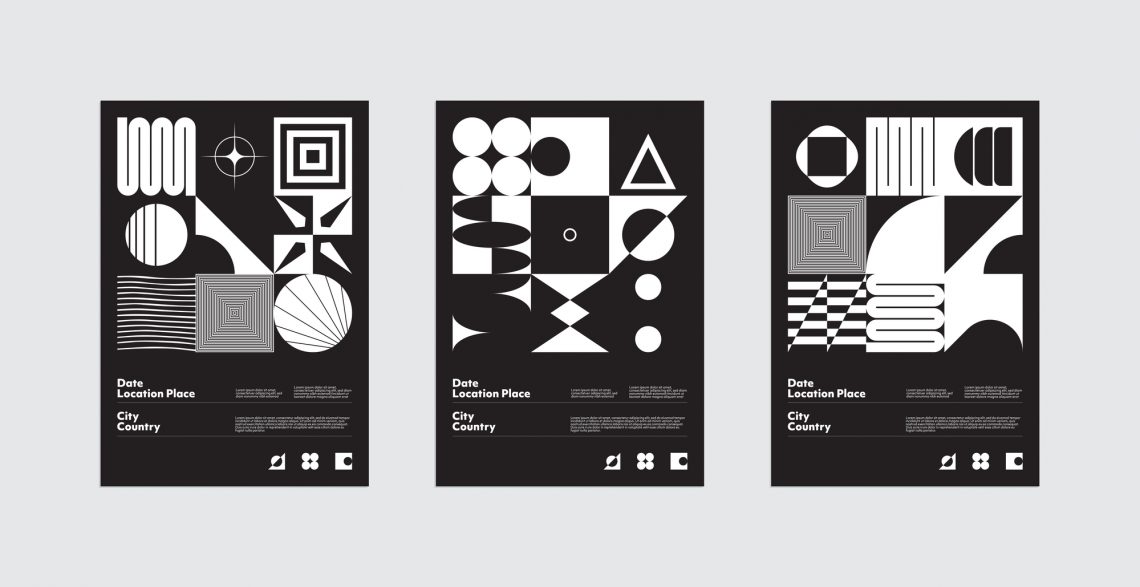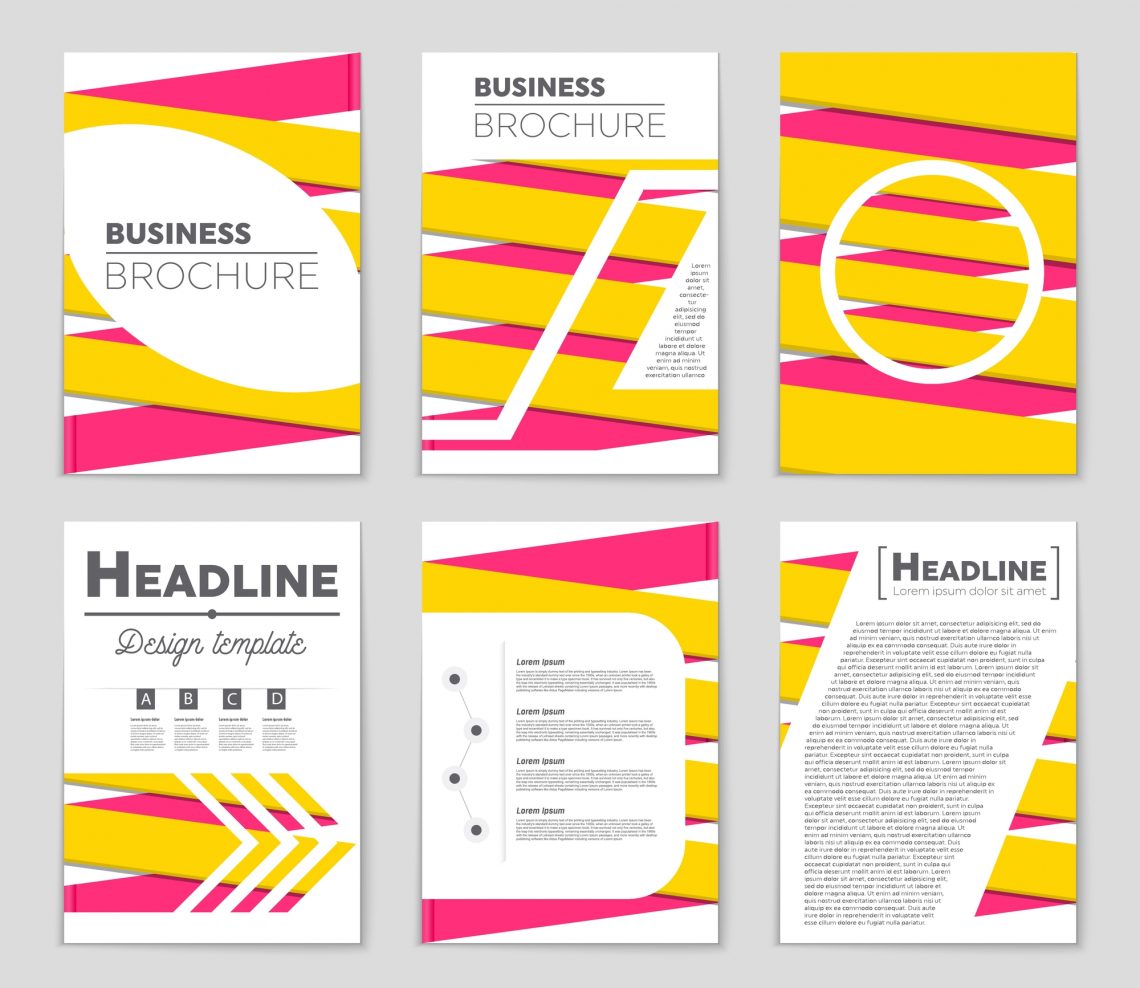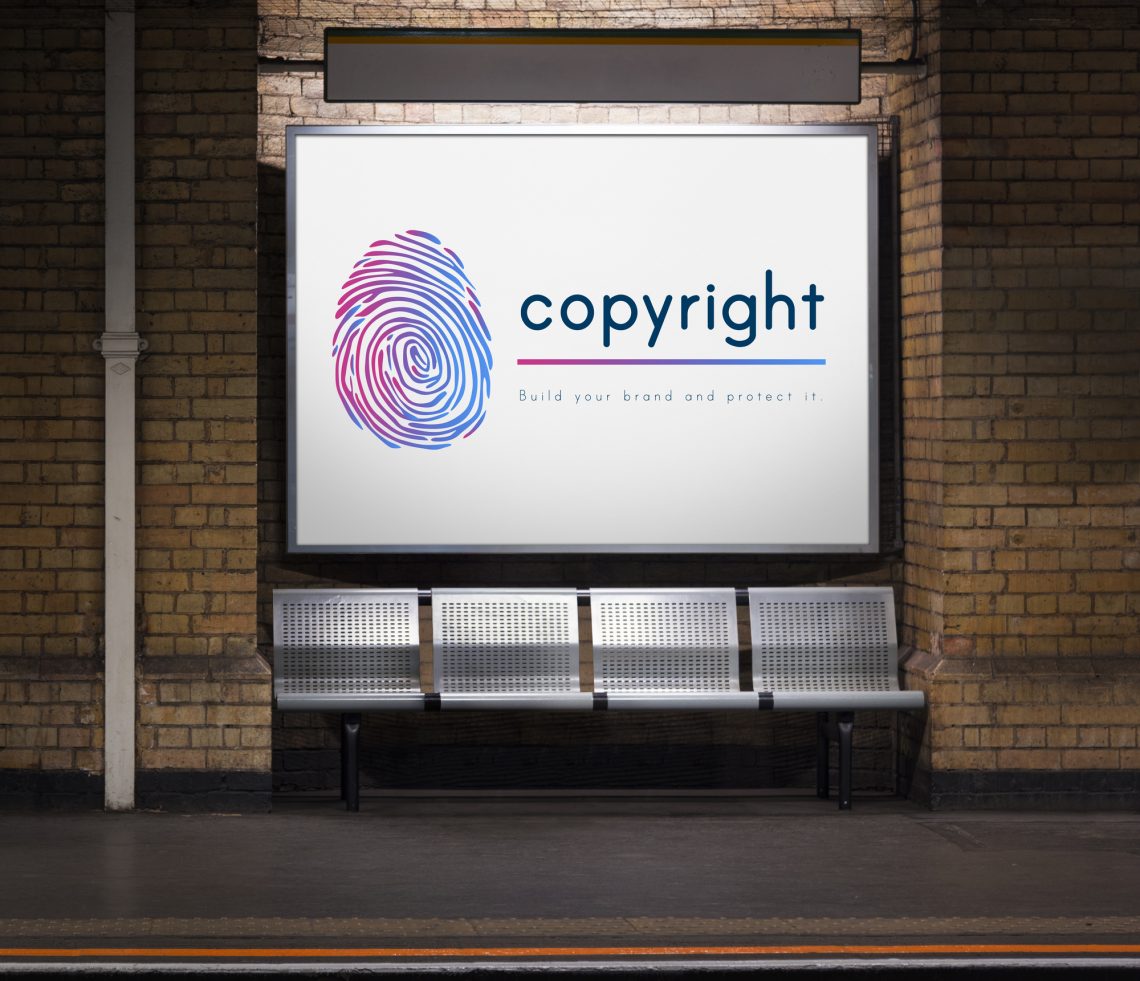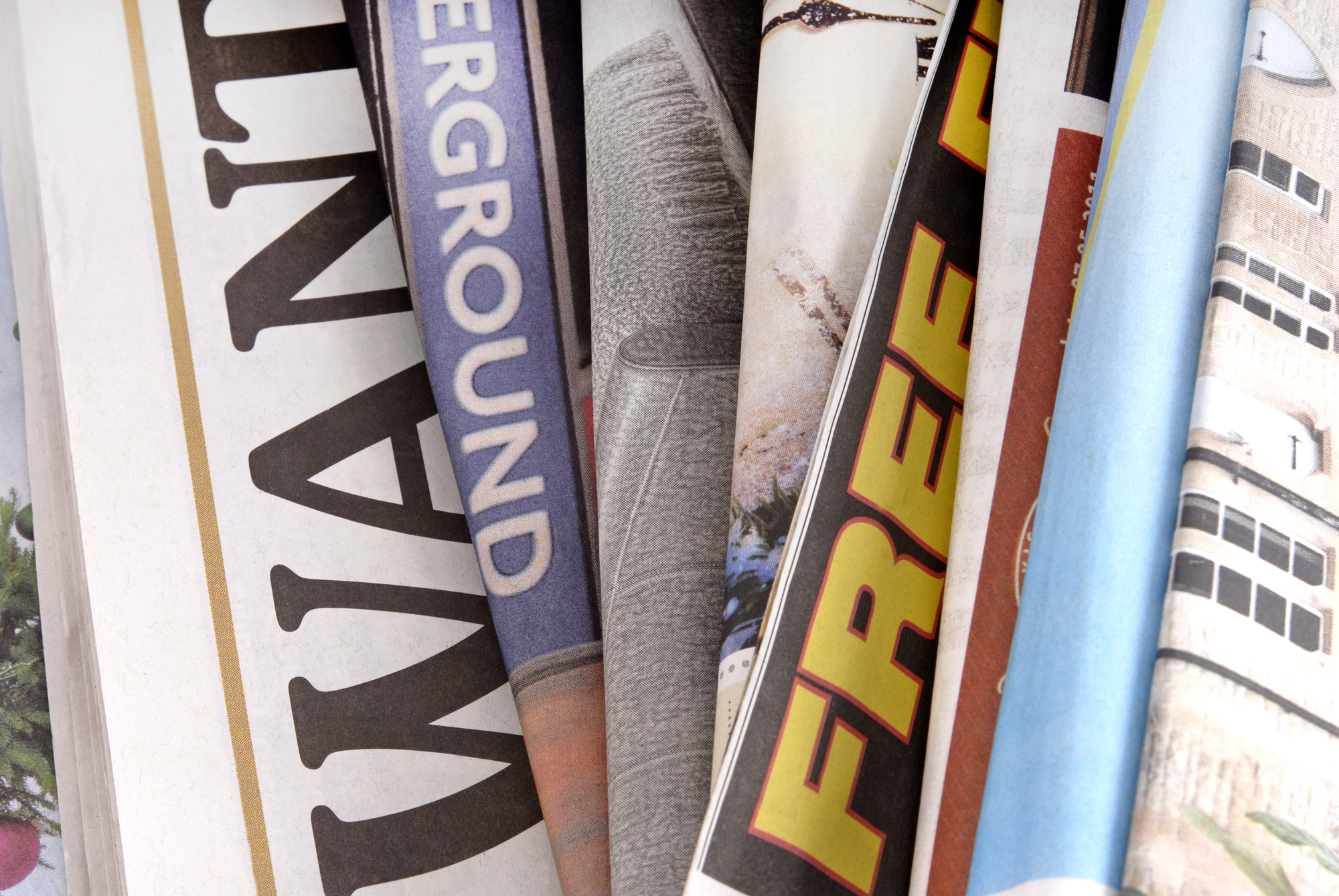Print Is Not Dead: How Your Brand Can Benefit Form Print Marketing
Living in today’s technology-laden age means being regularly exposed to ads. Whether you’re scrolling through social media or a random website, you are constantly targeted by sophisticated digital marketing techniques. Being disturbed by massive amounts of digital ads, people are used to ignoring them or even blocking them.
What should brands do to maintain customer attention? One possible way to improve a company’s visibility is print marketing. Although it may seem like print is dead, in reality, it can be a powerful addition to your brand’s campaign. Hitting your customers with printed resources makes your marketing strategy four times more effective.
When many companies rely solely on digital components, devoting some efforts to print forms may help your company stand out. If you’re still hesitant to implement print, let’s dive deeper into the opportunities it brings!
What is print marketing?
Print marketing can refer to all kinds of printed formats, such as magazines, newspapers, brochures, posters, postcards, product packaging, and even event invitations. The important thing is that you don’t need to produce a lot of printed forms of materials. Even one well-crafted printed component can make a lasting impression, helping to enhance your company’s public image and make you stand out from competitors.

Why use print?
Printed marketing is a timeless strategy. One may consider it an old-school method, but printed formats work well for all generations. For example, according to recent research, 82% of millennials prefer printed communication and 7 out of 10 people in general find printed ads more personal. One of the reasons for this is that unlike highly targeted online ads, it feels less intrusive to customers. What are the other cons of printed marketing?
1. Print makes a brand more competitive
A solid printed component of your marketing campaign is a way of boosting your brand visibility within an over-saturated market. Adding it to your brand’s strategy can help you cover many blind spots that have never been touched before by your competitors.
Printed forms get customers to pay more attention to the content and absorb it better. In situations where most digital information gets unnoticed or ignored, it gives your brand a competitive edge.
2. Print builds a brand’s credibility
There are many fraud schemes on social media, so people are often suspicious of unknown brands on the Internet and tend to not trust them. At the same time, printed content is often considered more reliable and accurate.
Showcasing your company’s products in print form can help you build trust and look more credible in the eyes of your customers. It also influences customer purchase decisions since more than 80% of people trust print ads more when buying something.

3. Print gives a unique sensory experience
High-quality printed formats provide a sensory experience. Incorporating printed components into your strategy is a way of offering your clients a brand experience that can never be duplicated through any digital format.
Brands can benefit from giving their clients tactile experiences, in addition to visual ones. Such multisensory experiences last longer and have a higher chance of becoming part of a customer’s memory. This may lead to improving brand awareness and conveying the right messages about your brand to clients.
4. Print last longer
Digital formats have always been fast-paced. Online marketing campaigns are changing one another, quickly disappearing from customers’ newsfeeds. In addition, people often choose to skip ads or close them as soon as possible. This is where print marketing can help.
Printed formats are enduring and can stick around for a very long time. They also often get passed to others, so the information they contain circulates consistently. This can help your company get more attention and remain more memorable.
How can print be used?
As there are several print marketing methods, you should consider which one suits your business best. As with creating your digital strategy, you need to carefully think about your audience and ways of reaching them with your printed materials. What’s important is that content is not the only thing that matters. Any printed format or formats you choose should also be designed and produced with high-quality standards.
Billboards and posters

Magazine and newspaper publications

Business cards

Brochures

Product packaging

Brand walls and installations

Conclusion
When it comes to advertising your company, digital marketing is one of the essential tools, but it doesn’t mean it should be the only one. Adding print marketing to your strategy is an effective way to give your customers a new experience, build trust, and enhance your brand’s image. A mix of print and digital marketing can be a solid strategy for your business, making your campaigns more effective and resilient.
Here are some other articles you might be interested in:
Using Comics in Your Brand’s Communication: Explainer for Creatives
Building a Purpose-Driven Brand: Top Strategies and Insights
Flagship Stores: Types, Benefits for Brands, and Bright Examples






